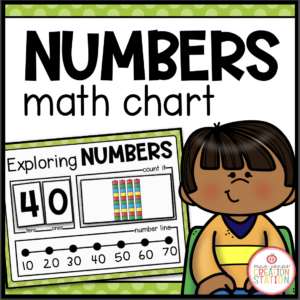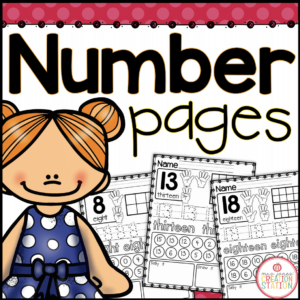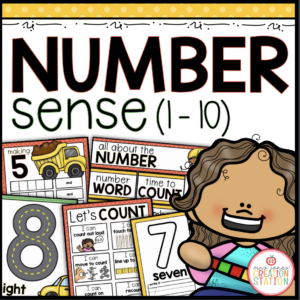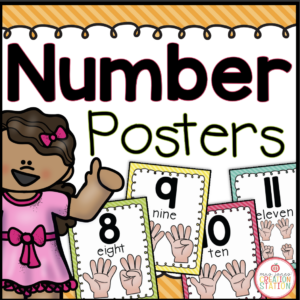Menu
In this pack, whole group, small groups and independent resources are included for measurement. They are used for introducing, teaching, reviewing and assessing measuring and comparing. Lesson plans with mini-lessons, center activities, and an interactive page are available for each week of instruction.
Types of measurement included in the pack are…
Compare and Measure:
Size
Length
Weight
Capacity
Data on Graphs
Time
Money
Buy the Math Pack for Little Learners and save!!!
THIS RESOURCE INCLUDES
Lesson Plans:
First of all, follow these lesson plans or use the ideas included to supplement your curriculum. There are 7 weeks or 35 lesson plan ideas.
Vocabulary Cards
Next, print the vocabulary cards and introduce the definitions and sentences throughout the unit. Measurement terms are illustrated and an example sentence is provided
Measurement Songs
Then, use these songs as you introduce each form of measurement. One song is provided for each week to allow further discussion into each type of measurement.
Storytelling Lesson
In this resource, each week of instruction includes a storytelling lesson. This lesson introduces your learners to a real-life situation that involves measurement. Use the materials listed in the description and have your learners help you solve the problem. There are a total of seven storytelling lessons in this unit.
Measurement Book Lessons
Each week, learners read books that address different forms of measurement. The books include an activity that can be used to elaborate the concept. The measurement songs can also be sung during these lessons. There are a total of 21 books and activities in this unit.
Interactive Notebook
With this unit, the final day of each week is used for learners to complete an interactive notebook page. Each activity allows the learners to continue to practice and reinforce a skill after the unit is over. There are a total of seven interactive notebook activities in this unit.
Measurement Reader
Read the book How Can I Measure. Each page addresses a new type of measurement and examples of that measurement.
Math Center | Bigger or Smaller
In this center, have learners sort the flower pictures on the cards that match. Learners may line up the flowers from smallest to biggest.
Math Center | Order By Size
With this resource, have learners place the foods in order of their size.
Math Center | Longer or Shorter
Have learners compare the length of each object to the length of the toolbox. Learners may sort the objects by those longer and those shorter than the toolbox.
Math Center | Measuring Supplies
Have the learners use the cards to determine the length of each of the classroom supplies. Learners may write the length of each on the printable provided.
Math Center | Weight Clip Cards
Have learners clip the image on the card that is heavier than the object on the card.
Math Center | Heavy or Light
Have learners sort the cards on a pocket chart by their weight. Learners may sort the cards under the heavy or light title cards.
Math Center | Graphing Cubes
Have learners grab a handful of cubes from a bin. Learners may create a graph by coloring the graph to show what they got or placing the cubes on the graph mat.
Math Center | Roll and Graph
Have learners roll the dice and color in the results for each roll.
Math Center | Clock Puzzles
Have learners match the puzzles by the time shown on a digital and analog clock.
Math Center | Second, Minute or Hour
Have learners clip the amount of time each activity takes on the clip card.
Math Center | Money Sort
Have learners sort the coin facts on a pocket chart. Extra pages are provided for the learners to sort coins on a sorting mat.
Math Center | Needs and Wants
Have learners sort the objects by needs or wants.
Math Center | Holds Less or Holds More
Have learners sort the images on a pocket chart by which holds less and which holds more.
Math Center | How Many Spoons
Provide learners with a variety of cups or containers. Learners may see how many spoonfuls or scoops it take to fill each container.
SaveSave
How can I see what is new in the MJCS store?
Be the first to know about new discounts, freebies, and new products. You can also subscribe to our newsletter to receive access to resources only available to MJCS subscribers, as well as, special offers and ideas!
How can I get credit for my TpT purchases?
Go to your account button at the top of the page. Under the “Buy” section, click “My Purchases “. Beside each purchase you’ll see a Provide Feedback button. Simply click the button and you will be taken to a page where you can give a quick rating and leave a comment for the product. Each time you give feedback, TpT gives you feedback credits that you use to lower the cost of your future purchases. Please leave detailed feedback for each resource, so we are able to create better resources for teachers and students.
How can I find a certain activity in a large PDF file?
If the resource you purchase has a variety of activities compiled into one PDF find the table of contents and click on the activity title. This should take you to that specific activity in the resource.
What can I do if I have a question about a resource?
If you have any questions regarded a resource before purchasing please email me at mrsjonescreationstation[at]gmail.com. Once you have purchased the resource you may use the “Product Q and A” tab on the product page to ask a question, as well.
How do I know if a resource has been updated?
Go to your account button at the top of the page. Under the “Buy” section, click “My Purchases “. Choose to “sort by: recently updated” to see what resources have been updated since you downloaded them last. You can download any updates from there. If a file has been updated, you will see a notification under the resource that says “Newly Updated – Download for Free!”
This item is a paid product created by Mrs. Jones’ Creation Station, Inc. Copying any part of this product, redistributing, selling or placing it on the internet in any form is strictly forbidden and is a violation of the Digital Millennium Copyright Act (DMCA). Thank you for respecting our work!
YES, YOU CAN…
NO, YOU CAN’T…
Click here for a detailed post with step-by-step directions.
You will need to download fonts specified in the resource and install it on your computer before downloading the editable file.
Install the most recent version of Adobe Reader onto your computer. If you have any problems editing, viewing or printing a file make sure your Adobe Reader is updated.
Now you can download the file to your computer. Once the file has downloaded open in Adobe Reader. You should be able to view the editable fields and the text should match the product description. If you have any problems editing the file, make sure you have followed the directions above and then contact me at mrsjonescreationstation[at]gmail.com




